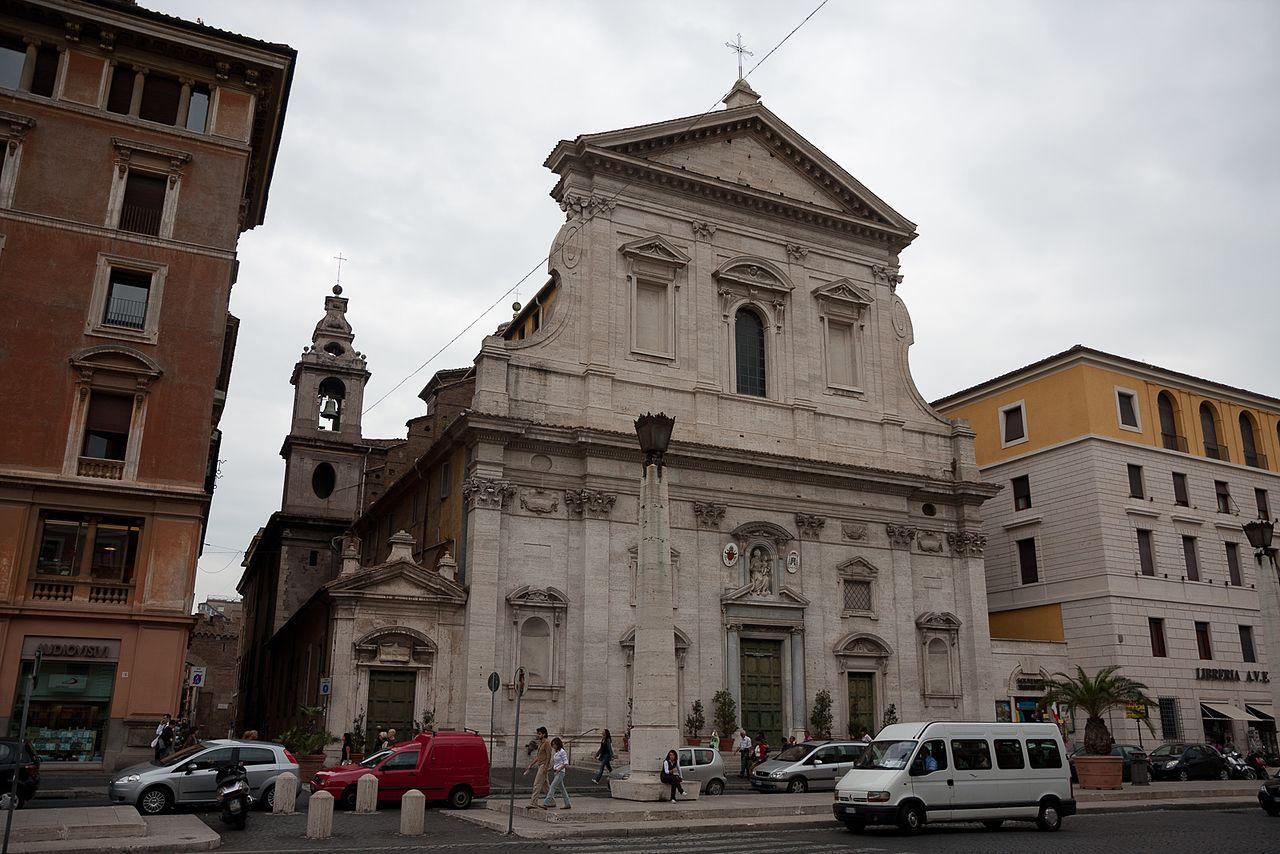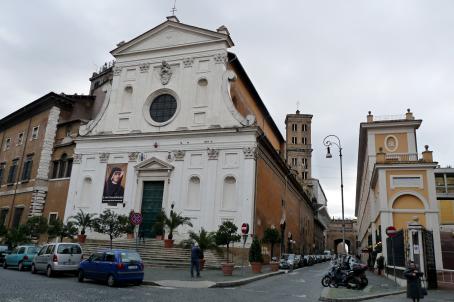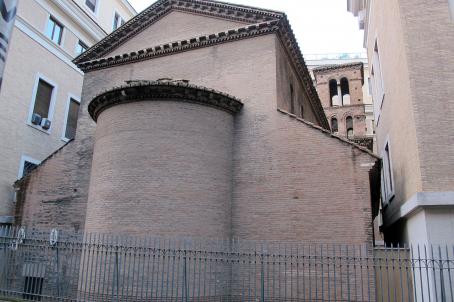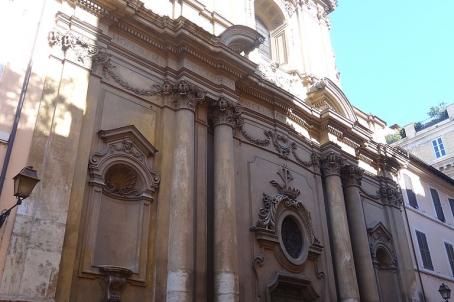Chiesa di Santa Maria in Transpontina
The church of Santa Maria in Traspontina was built in the 16th century. The architect of the building was the Bolognese Ottaviano Mascherino, who also built the first nucleus of the Quirinal Palace and the church of San Salvatore in Lauro. Inside, the church has a Latin cross plan: a single nave hall with side chapels, a slightly projecting transept, a covered transept with a dome and a deep choir ending in a semicircular apse.






